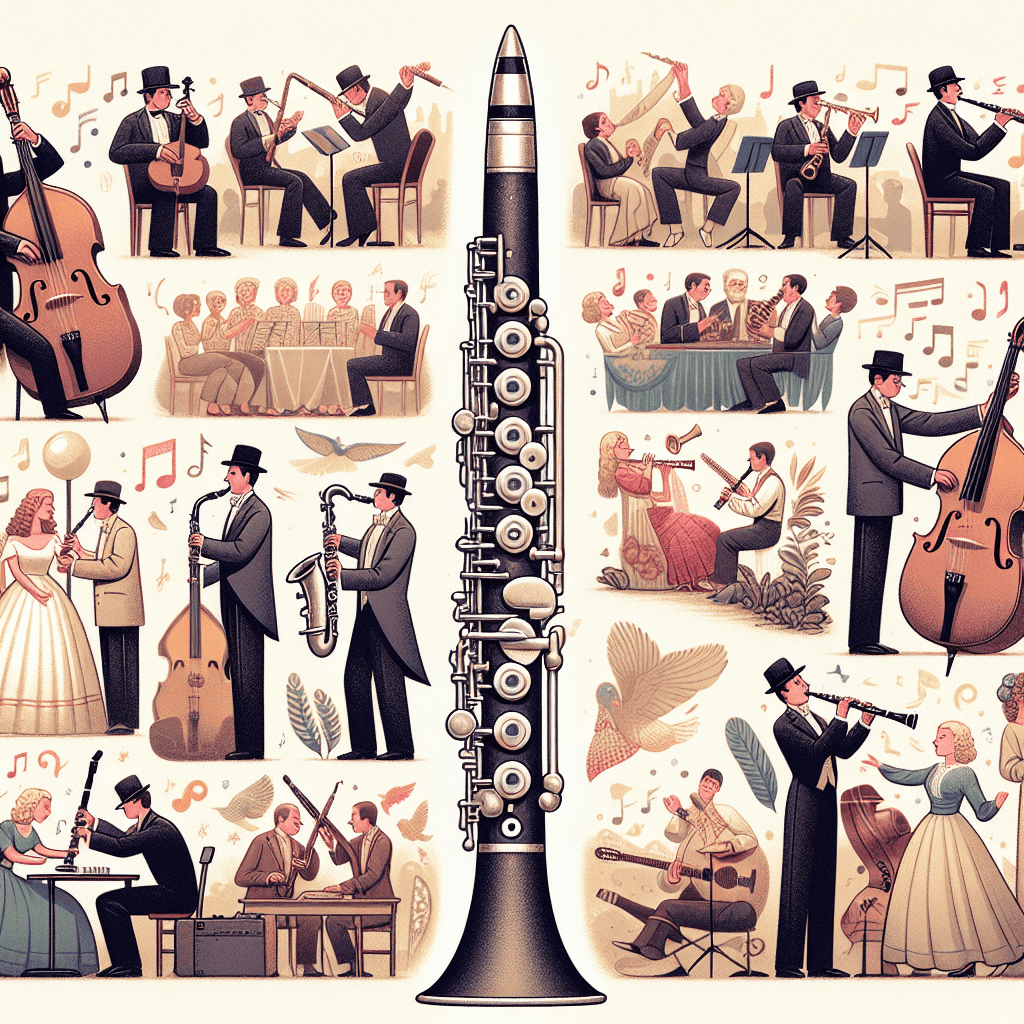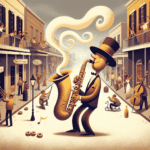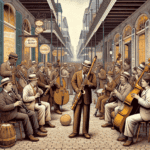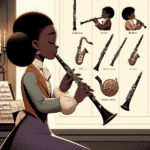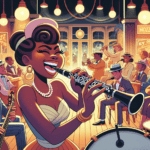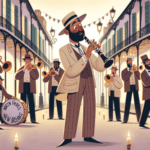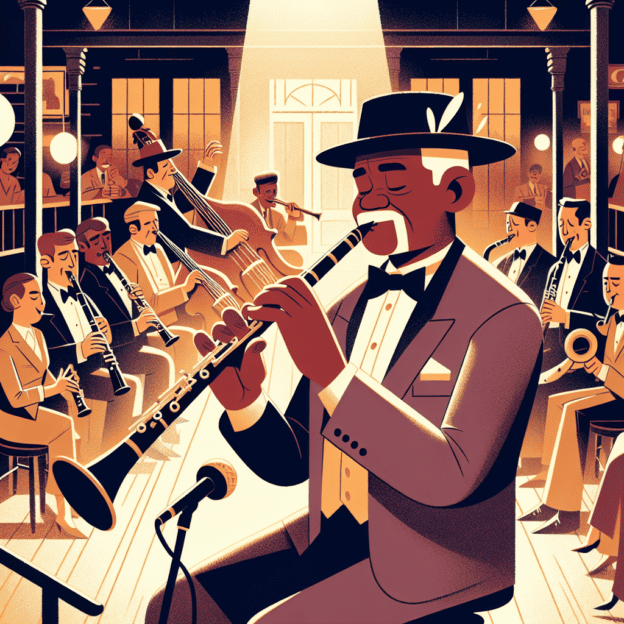Dixieland, a lively and improvisational style of jazz that originated in New Orleans, has captivated audiences since its inception in the early 20th century. This genre is rich with vibrant rhythms and infectious melodies, often characterized by spirited ensembles and a strong sense of community. Within this delightful musical landscape, clarinet players have played a key role, bringing their unique sound and improvisational flair to the forefront of Dixieland jazz.
The Role of the Clarinet in Dixieland
The clarinet holds a special place in Dixieland jazz, acting as both a lead instrument and part of the ensemble. Its ability to produce a wide range of tones—from a robust, powerful attack to a sweet, soft whisper—enables clarinetists to express a broad array of emotions. The instrument's versatility makes it a favorite among jazz musicians.
In the Dixieland setting, clarinetists often take the lead in improvisation, weaving intricate melodies that float above the rhythmic backdrop provided by the band. This soloist position allows clarinet players to showcase their technical skills and unique stylistic interpretations, contributing to the overall sound of the ensemble.
| Clarinet Role | Description |
|---|---|
| Lead Instrument | Takes the melody, often improvising and leading the ensemble |
| Ensemble Member | Blends with other instruments to create harmonies and textures |
| Tonal Range | Produces diverse tones from powerful to soft, expressing various emotions |
Key Dixieland Clarinet Players
Throughout the history of Dixieland jazz, several clarinetists have emerged as key figures, each leaving an enduring legacy on the genre. Here are a few notable names:
Acker Bilk
Acker Bilk, known for his smooth, expressive tone and sophisticated phrasing, gained fame in the 1960s. His iconic piece, “Stranger on the Shore,” showcases the beauty and charm of clarinet melodies within the Dixieland framework. Bilk's style is characterized by a rich vibrato and a lyrical approach, which struck a chord with audiences and fellow musicians alike.
Artie Shaw
While often associated with the big band era, Artie Shaw's influence in the Dixieland genre is significant. A skilled clarinetist, Shaw's fresh approach to improvisation and his mix of classical techniques with jazz elements created a unique and engaging style. His work opened new paths for future generations of clarinet players in jazz.
George Lewis
George Lewis was a key figure in the world of Dixieland clarinet playing. His deep-rooted New Orleans influence brought authenticity to his performances. Lewis's improvisational skills captivated audiences, and his joyful spirit shone through his music. His band, the George Lewis Band, played a major role in bringing back traditional New Orleans jazz during the 1940s and 1950s.
Sidney Bechet
Sidney Bechet, while primarily known for his soprano saxophone skills, was also a talented clarinetist. His powerful sound and emotive playing style made him a trailblazer in jazz, and his work in the Dixieland genre helped raise the clarinet's profile. His ability to switch effortlessly between instruments showed his versatility and deep understanding of jazz idioms.
Notable Techniques Employed by Dixieland Clarinetists
Dixieland clarinet players often use various techniques that add to the genre's lively spirit. Here are some commonly used techniques:
- Improvisation: The core of jazz, improvisation allows clarinetists to express themselves freely and creatively. Players often use scales, arpeggios, and rhythmic variations to create unique solos on the spot.
- Glissandos: This technique creates a sliding effect between notes, adding a playful and expressive quality to melodies, helping to convey the joyful essence of Dixieland music.
- Vibrato: Clarinetists often use vibrato to enrich their tone, adding a warm, emotional depth to their performances, which is particularly effective in slower melodies.
- Flutter Tonguing: This technique involves rolling the tongue while playing, producing a distinctive sound that enhances the rhythmic complexity of a piece.
The Legacy of Dixieland Clarinet Players
The impact of Dixieland clarinetists is clear not only in their recordings but also in how they've shaped contemporary jazz musicians. Their innovation and artistry have influenced the evolution of jazz, inspiring many players to embrace the clarinet in jazz settings.
Moreover, the renewed interest in traditional jazz styles has brought forth a new generation of clarinet players who are exploring and reviving classic tunes, paying tribute to their predecessors while adding their own unique voices to the genre.
The clarinet continues to connect genres, from traditional Dixieland to modern improvisational jazz, showcasing its versatility and appeal. As budding musicians learn from the techniques established by these legendary clarinetists, they keep this vibrant musical tradition alive and thriving.

